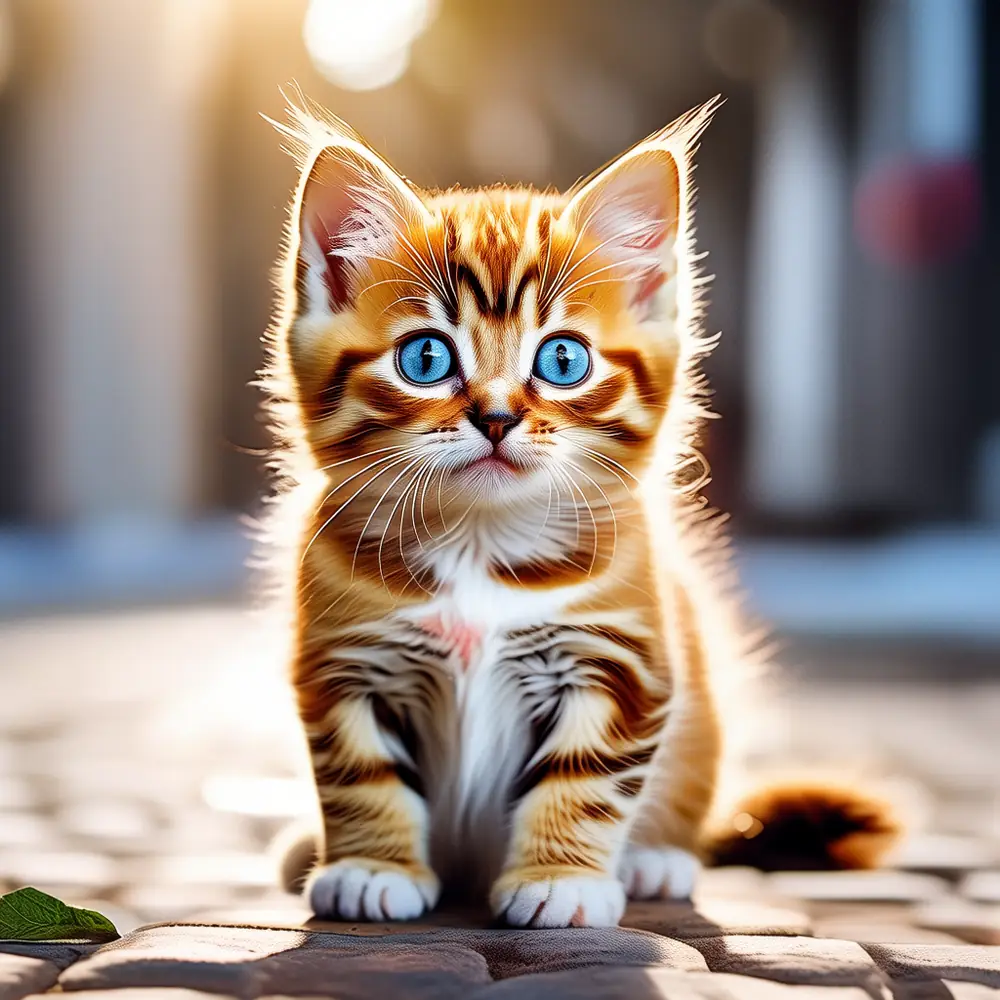Clawing for Safety: Cat-Proofing Your Home
Welcome, fellow cat enthusiasts! Whether you're a seasoned feline parent or a first-time adopter, ensuring your home is a safe haven for your pet is crucial. Cats are naturally curious and adventurous, which means they can get into all sorts of mischief if left to their own devices. By taking a few simple steps, you can create an environment that keeps your feline friend happy and out of harm's way.
First things first, secure those windows. Cats love to perch and gaze outside, but an open window can be a dangerous temptation. Install sturdy screens or use window guards to prevent accidental falls. If you have a balcony, consider adding a cat-proof netting or a special cat enclosure to allow your pet to enjoy the outdoors safely. For example, a product like the "Cat Balcony Enclosure" can provide a secure space for your cat to bask in the sun without the risk of falling.
Next, tackle the cords and wires. Electrical cords and cables can be irresistible to a playful cat, posing both a choking hazard and a fire risk. Use cord organizers or covers to keep them out of reach. You can also try using bitter sprays designed to deter chewing. For a more permanent solution, consider rerouting cords through the walls or using furniture to block access. A simple yet effective trick is to run cords through PVC pipes, which not only protects the cords but also makes them less appealing to your curious pet.
Don't forget about the plants. Many common houseplants can be toxic to cats, so it's essential to do your research and remove any that could be harmful. Some popular but dangerous plants include lilies, philodendrons, and poinsettias. Instead, opt for cat-friendly alternatives like spider plants, Boston ferns, or catnip. If you have a green thumb and want to keep your indoor garden, place the plants in hanging baskets or on high shelves where your cat can't reach them. This way, you can enjoy your greenery without worrying about your pet's safety.
One common mistake is overlooking small, seemingly harmless items. Items like rubber bands, paper clips, and small toys can be choking hazards. Keep these items in closed containers or drawers. Additionally, be mindful of household chemicals and medications. Store them in cabinets with childproof locks to ensure your cat can't access them. It's also a good idea to keep a list of emergency numbers, including your veterinarian and the ASPCA Animal Poison Control Center, in a visible place.
- Install sturdy screens or window guards to prevent falls.
- Use cord organizers or covers to protect electrical cords.
- Remove toxic plants and replace them with cat-friendly alternatives.
- Store small items and hazardous materials in secure, out-of-reach places.
- Keep emergency contact numbers handy.
Final Thoughts
By taking these steps, you can create a safe and stimulating environment for your feline friend. Remember, a little preparation goes a long way in ensuring your cat's well-being and your peace of mind. Happy cat-proofing!
